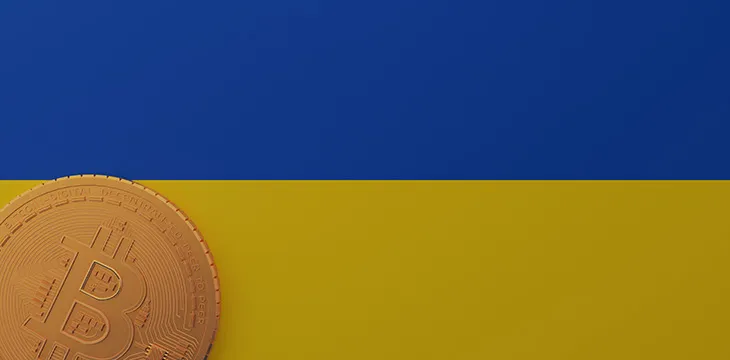|
Getting your Trinity Audio player ready...
|
If you’re a regular CoinGeek reader, you’ll have spotted a trend by now; the world is rapidly moving towards legalizing and regulating every facet of what could be called the virtual asset industry.
All across the globe, we’re seeing crackdowns by governments who have had enough of the schemes and scams in the space. We’re also seeing forward-thinking governments embrace the legal, useful aspects of the industry and the legit blockchain technology that started it all.
This month, Ukraine became the latest nation to legalize and regulate virtual assets. Let’s take a deeper look at what the new law says and what it means.
The virtual assets law in Ukraine: What it says
- On September 8, the Ukrainian parliament officially adopted Law No. 3637 On Virtual Assets.
- It defines a “virtual asset” as an intangible good that is an object of civil rights, has a value, and is expressed as a data set in electronic form. This definition covers digital coins, NFTs, and everything else.
- However, it also makes clear that virtual assets are not a means of payment and can’t be exchanged for property, goods, or services.
- The new law specifically aims to regulate virtual assets in Ukraine. It also outlines the rights and obligations of “virtual assets market participants.” These include exchanges, custodians, etc.
- It makes virtual assets legal in Ukraine but within a regulatory framework that will stamp out crime and attract international investment.
- The law grants power to certain institutions within the country, including the National Bank of Ukraine, the Ministry of Digital Transformation, and a new authority to be established.
- It also makes it mandatory to have a license to operate “virtual asset services” such as exchanges, custodial services, transfer services, intermediaries, etc.
Most interesting of all, however, is what the law says about the owners of virtual assets. According to it, someone is the owner unless:
- The key of the virtual asset or the virtual asset is stored by a third party in accordance with the terms of the transaction between the custodian and the owner of this virtual asset.
- The virtual asset is transferred for safekeeping to any person in accordance with the law or a court decision that has entered into force.
- The key to the virtual asset was acquired by a person illegally.
Here we can clearly see what Dr. Craig Wright has been saying all along, and his reason for wanting to prove his identity as Satoshi Nakamoto in court before signing publicly with Satoshi’s keys; possession of keys proves neither identity nor ownership. Only the law does that.
If variants of this Ukrainian law becomes standard, owners will have legal recourse to reclaim stolen virtual assets, and those who steal them will have no legal standing for claiming ownership. In other words, code is not law, and the courts will decide who owns what.
The Wild West days are almost over, and that’s a good thing
The sentiment of the new Ukrainian virtual assets law can be heard around the globe. In the United States, SEC Chairman Gary Gensler recently testified to the U.S. Senate that the “Wild West” days of the digital currency industry are over and that regulators have a plan to make the industry operate within both existing and new laws and regulations.
With the banning of Binance by major banks, the DOJ investigations into Tether and other rogue operators in the space, and the legal precedents being set by Dr. Wright and others, proving that intellectual property rights do still matter and that ownership must be legally established, the days of theft, fraud, and crime in the industry are almost over.
As more countries write and enact laws similar to the Ukrainian one, and as legal precedents are set in the COPA vs Wright case and others, the days were the Silk Road and Mt. Gox represented Bitcoin will fade into memory, and a new era of big business, massive scaling, and enterprise solutions to real-world problems will come to the fore.
As this happens, serious market participants will set aside the opinions of anarchists and ideologues and realize that there’s only one blockchain with the technical chops to meet their needs; the original Bitcoin protocol, Bitcoin enterprise blockchain.
See also: CoinGeek Zurich panel, Blockchain Law & Policy

 07-04-2025
07-04-2025 





